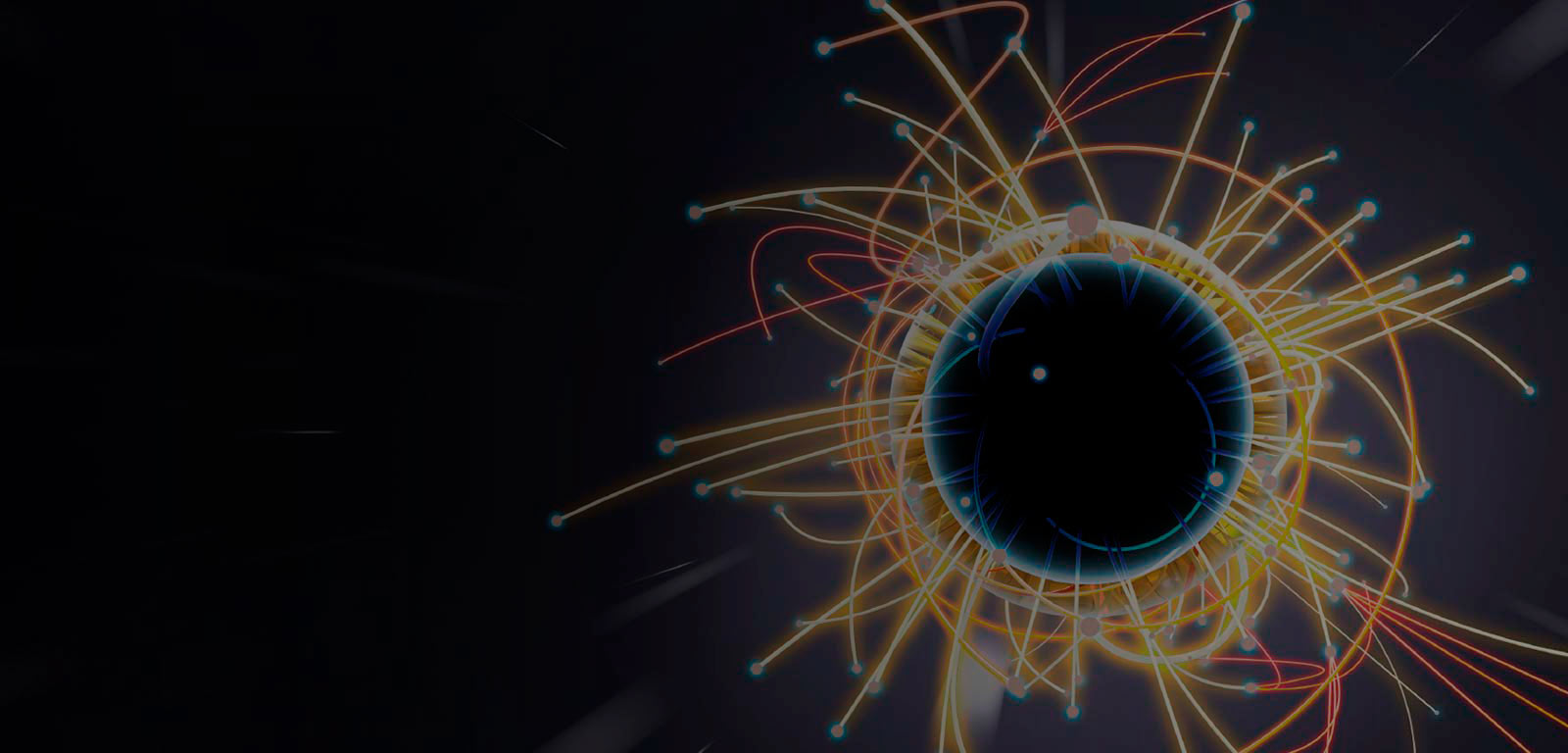Subject
Quantum statistical physics and condensed matter
General details of the subject
- Mode
- Face-to-face degree course
- Language
- English
Teaching staff
| Name | Institution | Category | Doctor | Teaching profile | Area | |
|---|---|---|---|---|---|---|
| BLANCO REY, MARIA | University of the Basque Country | Personal Doctor Investigador | Doctor | Not bilingual | Condensed Matter Physics | maria.blanco@ehu.eus |
| SIEWERT , JENS | University of the Basque Country | Visitante Ikerbaske | Doctor | Not bilingual | Physical Chemistry | jens.siewert@ehu.eus |
Competencies
| Name | Weight |
|---|---|
| Problem solving | 70.0 % |
| Understanding the topics and being able to present them | 15.0 % |
| To be able to present a topic not explicitly included in the syllabus | 15.0 % |
Study types
| Type | Face-to-face hours | Non face-to-face hours | Total hours |
|---|---|---|---|
| Lecture-based | 30 | 40 | 70 |
| Seminar | 10 | 10 | 20 |
| Applied classroom-based groups | 10 | 25 | 35 |
Assessment systems
| Name | Minimum weighting | Maximum weighting |
|---|---|---|
| Practical tasks | 33.0 % | 33.0 % |
| Written examination | 67.0 % | 67.0 % |
Ordinary call: orientations and renunciation
En caso de que las condiciones sanitarias impidan la realización deuna evaluación presencial, se activará una evaluación no presencial de
la que será informado el alumnado puntualmente.
Temary
- Second quantization: Second quantization. Harmonic oscillator. Displaced harmonic oscillator. Non-interacting Fermion and Boson fields. Application in some simple examples with exact solutions. Numerical solution of simple Hamiltonians.- Green’s function approach: Interaction representation and perturbative expansion. Wick’s theorem. Feynman diagrams. Self-energy operator. Dyson equation. Green’s function at finite temperature: Retarded and advanced Green’s functions. Matsubara frequencies and Matsubara summations. Response function. Analytic continuation methods.
- Application to an exactly solvable problem: Potential scattering.
- Strongly correlated systems: Hubbard’s Hamiltonian and Green’s-function based approximations (equation of motion, Hubbard-I, DMFT). Effective low-energy models (Löwdin’s downfolding). t-J model.
- Magnetic excitations: Heisenberg Hamiltonian. Magnons.
- Phenomenology of superconductivity: Superconducting materials - absence of low-energy excitations; isotope effect; the Meissner-Ochsenfeld effect; perfect diamagnetism; type I and type II superconductivity. London theory, flux quantization and Ginzburg-Landau equations.
- Electrons in metals: Non-interacting Fermi gas; second quantization for fermions; distribution function for non-interacting Fermi gas; electron-phonon interaction; repulsive and attractive electron-electron interaction.
- The BCS theory of superconductivity: Mean-field Hamiltonian; Cooper pairs; the BCS wave function; energy gap and quasiparticle states; the critical temperature; electron tunneling between normal and superconducting metals.
- The Josephson effect: Cooper-pair tunneling between superconductors.
Inhomogeneous superconductors: Bogolubov-deGennes equations; Andreev reflection; Andreev bound states.
Bibliography
Basic bibliography
- N.W. Ashcroft and N.D. Mermin, Solid State Physics (Saunders College Publishing, Fort Worth, 1976)- Henrik Bruus, Many-body quantum theory in condensed matter physics: an introduction. Oxford University Press, 2004.
- Patrick Fazekas, Lecture Notes on Electron Correlation and Magnetism, World Scientific, 1999.
- P.G. de Gennes, Superconductivity of Metals and Alloys, Benjamin 1966.
- Ottfried Madelung, Introduction to Solid-State Theory, Springer, 2012.
- Gerald D. Mahan, Many-Particle Physics (3rd Edition). Springer Science 2000
- M. Tinkham, Introduction to Superconductivity, 2nd Edition, McGraw-Hill 1996.
- Robert M. White, Quantum Theory of Magnetism, Springer, 2007.
- J.M. Ziman, Principles of the Theory of Solids (Cambridge University Press, Cambridge, 1972).


